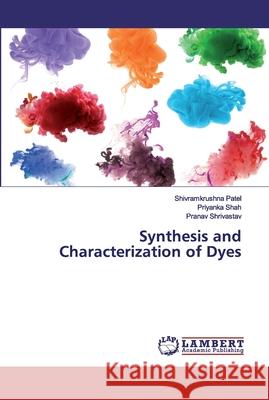Synthesis and Characterization of Dyes » książka
Synthesis and Characterization of Dyes
ISBN-13: 9786200116192 / Angielski / Miękka / 2019 / 88 str.
Dyes may be defined as substances that, when applied to a substrate provides color by a process that alters, at least temporarily, any crystal structure of the colored substances. Such substances with considerable coloring capacity are widely employed in the textile, pharmaceutical, food, cosmetics, plastics, photographic and paper industries. The dyes can adhere to compatible surfaces by solution, by forming covalent bond or complexes with salts or metals, by physical adsorption or by mechanical retention. They generally have rather complicated structures which are made by reactions involving building blocks known as intermediates. Most of these are aromatic compounds with substituent groups such as -NH2, -OH, -NO2 and -SO3H which alter the reactivity of the cyclic compound and sometimes the color of the dye. Both inorganic and organic materials are needed to make dyes and intermediates. Dyes add value to products far beyond their cost. Frequently the color of a product is the reason for its sale. A dye must be colored, but it must also be able to impart color to something else on a reasonably permanent basis before it can be considered as a dye.











